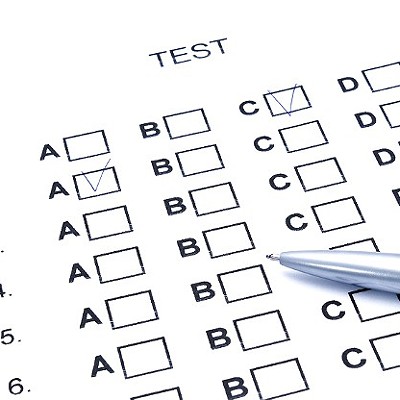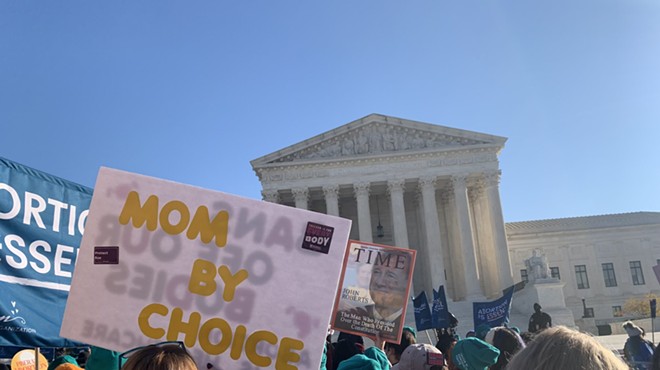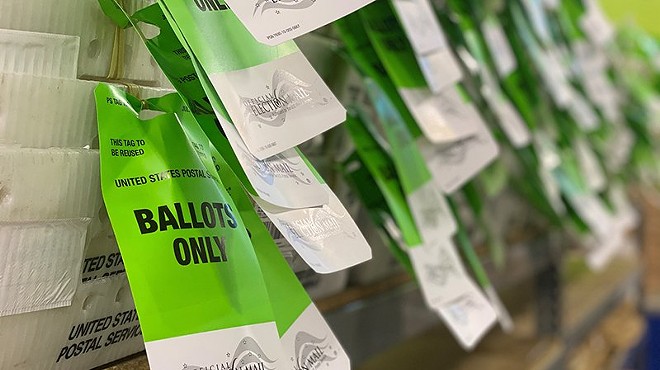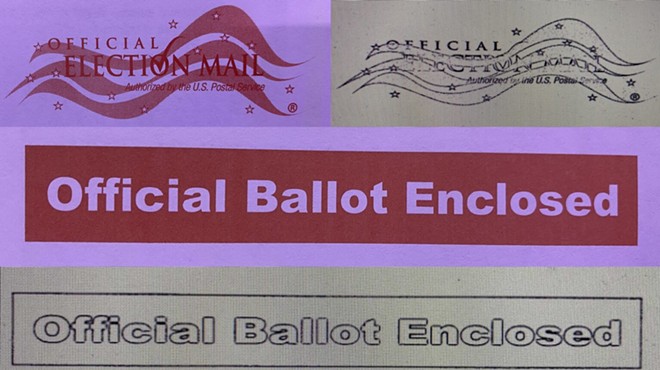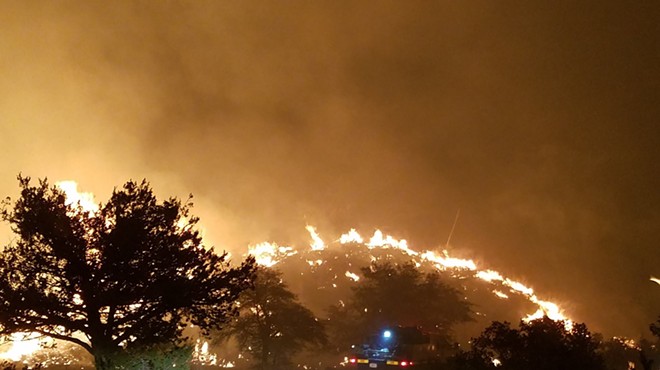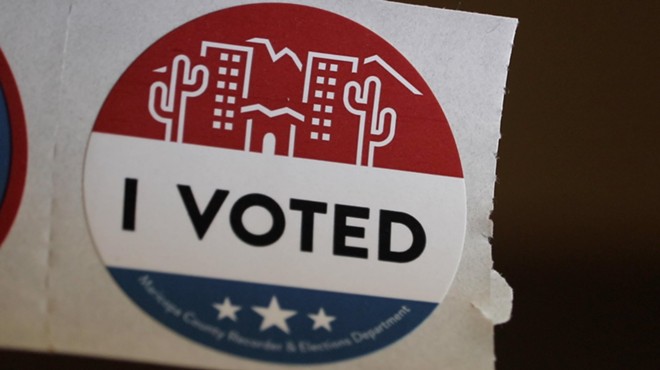Thursday, December 29, 2016
Has Arizona Reached Peak Charter?
I've been wondering lately, has the growth in the number of students in Arizona's charter schools slowed significantly? This is just speculation, built on wisps and indications I've noticed over the past few years. But it may be that our charter schools have completed their rapid expansion and reached something like an equilibrium in their percentage of the overall student population.
I've been sensing this for awhile, but a possible confirmation came from an article titled Charter School Enrollment Continues To Rise In Arizona. It sounds like it should be an affirmation of the continued growth in the number of students in charters, but a bit of number crunching makes it seem like it's damning the increases with faint praise.
That 180,000 student, number is on the Arizona Charter Schools Association website. But the association's 20 Years of Charters publication says the charter population was 190,000 in 2013-14. If that figure is correct, charters have actually lost 10,000 students from a few years ago. If it's a projection, it means the association was far too optimistic about enrollment growth. An enrollment chart in the publication shows increases have slowed since charter schools first opened in the mid-1990s.
This makes sense to me. Charters have been around for 20 years. They aren't a new, exciting big thing anymore. And they haven't lived up to their promise of creating a Brave New Education where students' achievement leaves district schools in the dust. Similar students tend to show similar achievement in both types of schools — a bit more here, a bit less there. Charter chains like BASIS and Great Hearts which appeal to a mainly white population of highly educated parents with high-achieving children have done well and are used to indicate that charters are wildly successful, even though their students' achievement tracks with similar high-achieving students elsewhere, but those schools aren't a source of rapid growth. They're only a small portion of the charter population, and they haven't added large numbers of students lately. (The BASIS corporation appears to be moving away from charters and toward the more profitable private school sector in other states, and even in China, so they can't be counted on to add many charters in the future.)
Charters aren't likely to grow much outside of urban and suburban areas. They need a reasonably dense population to draw enough students. Sparsely populated areas present almost insurmountable transportation obstacles for charters, which need to pick up a few students from this school and a few students from that school to fill their classrooms. Arizona's urban and suburban areas are reasonably charter saturated. I'm not sure they can fill many new schools.
I don't know if I'm right that charter growth will continue to slow if it's left to its own devices, though that seems likely to me. But I do know that charter supporters, including Governor Ducey and the Republican-majority legislature, want to put their thumbs on the privatization scales to boost the increase in charter enrollment numbers. Watch for this year's school budget rewrite to funnel more money to charters, meaning less for districts. Watch for a law that will give financial incentives for "successful" charter chains—meaning those with high test scores—to open new schools. And further in the future, watch for legislative pushes to convert "failing schools" into charter schools, or even convert entire districts into charter districts, something that's already happening in other states. All those moves would artificially inflate charter school numbers.
I've been sensing this for awhile, but a possible confirmation came from an article titled Charter School Enrollment Continues To Rise In Arizona. It sounds like it should be an affirmation of the continued growth in the number of students in charters, but a bit of number crunching makes it seem like it's damning the increases with faint praise.
About 180,000 students currently attend charter schools in Arizona. That’s an increase of 8,000 students in the last year.Let's look at those numbers. Adding 8,000 students amounts to a 4.7 percent charter enrollment increase across the state. That's not bad, adding a little under five percent in a year. But with 180,000 students, charters have less than 20 percent of the state's total student enrollment. Over a million students attend district schools. The 8,000 student increase amounts to less than one percent of the district school population.
At the same time, district school enrollment has stayed the same.
That 180,000 student, number is on the Arizona Charter Schools Association website. But the association's 20 Years of Charters publication says the charter population was 190,000 in 2013-14. If that figure is correct, charters have actually lost 10,000 students from a few years ago. If it's a projection, it means the association was far too optimistic about enrollment growth. An enrollment chart in the publication shows increases have slowed since charter schools first opened in the mid-1990s.
This makes sense to me. Charters have been around for 20 years. They aren't a new, exciting big thing anymore. And they haven't lived up to their promise of creating a Brave New Education where students' achievement leaves district schools in the dust. Similar students tend to show similar achievement in both types of schools — a bit more here, a bit less there. Charter chains like BASIS and Great Hearts which appeal to a mainly white population of highly educated parents with high-achieving children have done well and are used to indicate that charters are wildly successful, even though their students' achievement tracks with similar high-achieving students elsewhere, but those schools aren't a source of rapid growth. They're only a small portion of the charter population, and they haven't added large numbers of students lately. (The BASIS corporation appears to be moving away from charters and toward the more profitable private school sector in other states, and even in China, so they can't be counted on to add many charters in the future.)
Charters aren't likely to grow much outside of urban and suburban areas. They need a reasonably dense population to draw enough students. Sparsely populated areas present almost insurmountable transportation obstacles for charters, which need to pick up a few students from this school and a few students from that school to fill their classrooms. Arizona's urban and suburban areas are reasonably charter saturated. I'm not sure they can fill many new schools.
I don't know if I'm right that charter growth will continue to slow if it's left to its own devices, though that seems likely to me. But I do know that charter supporters, including Governor Ducey and the Republican-majority legislature, want to put their thumbs on the privatization scales to boost the increase in charter enrollment numbers. Watch for this year's school budget rewrite to funnel more money to charters, meaning less for districts. Watch for a law that will give financial incentives for "successful" charter chains—meaning those with high test scores—to open new schools. And further in the future, watch for legislative pushes to convert "failing schools" into charter schools, or even convert entire districts into charter districts, something that's already happening in other states. All those moves would artificially inflate charter school numbers.
Tags: Charter schools , Arizona Charter Schools Association , Charter school growth





